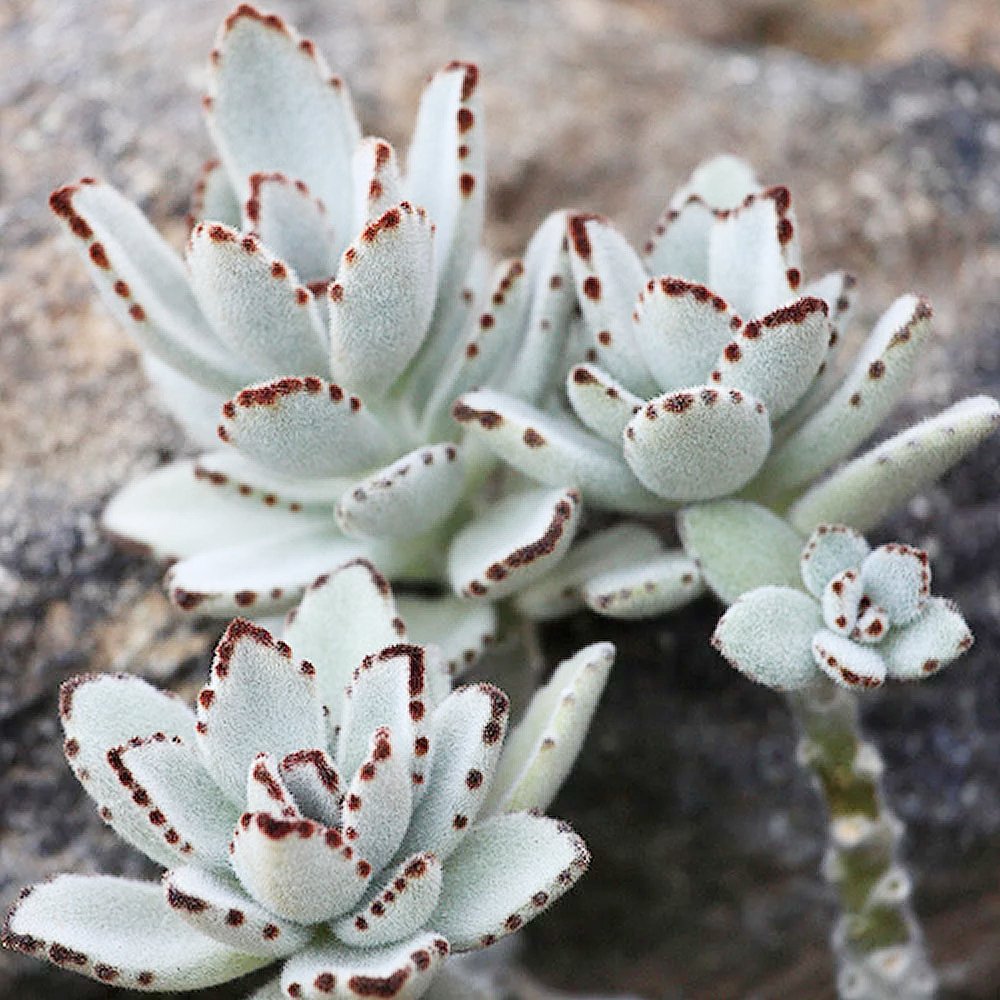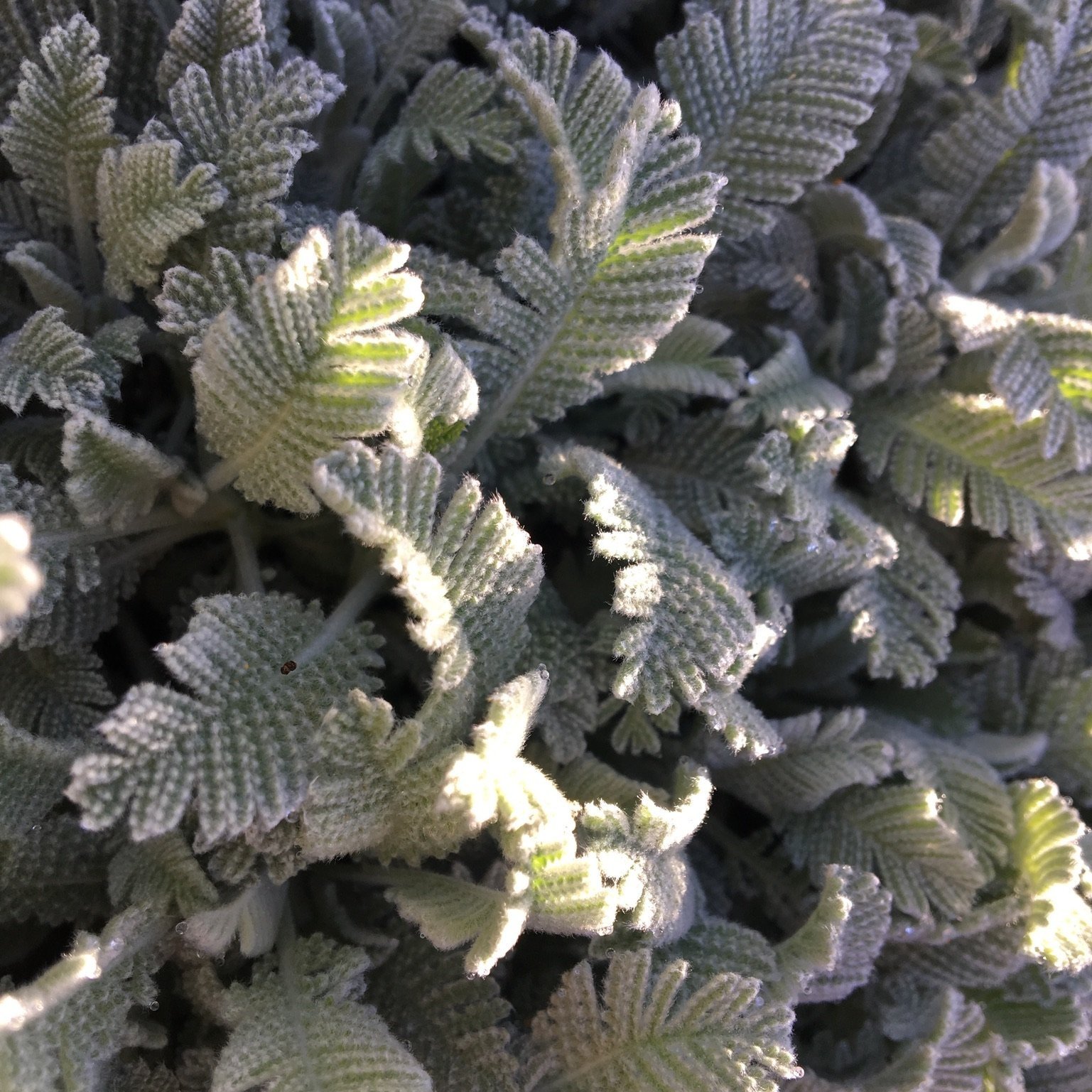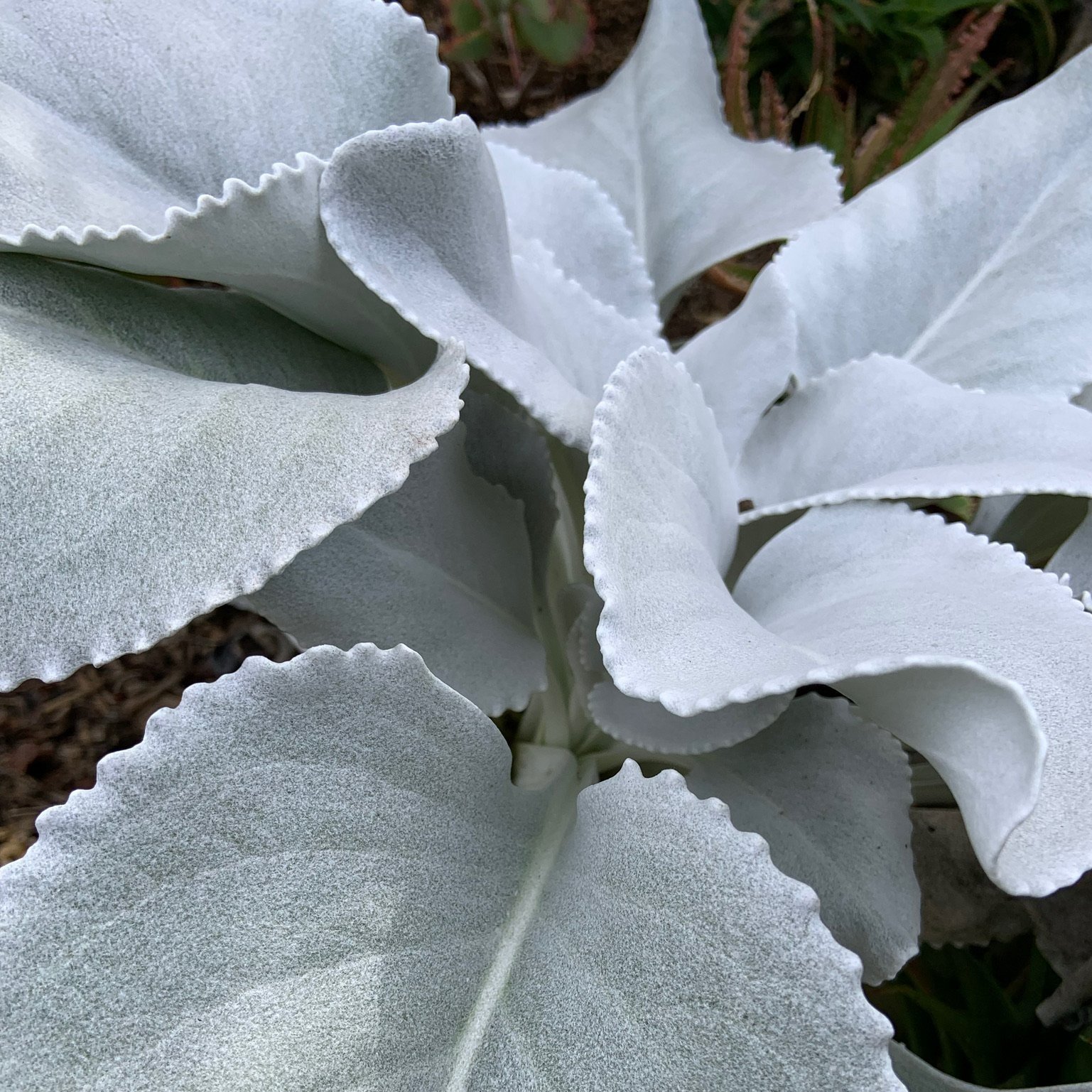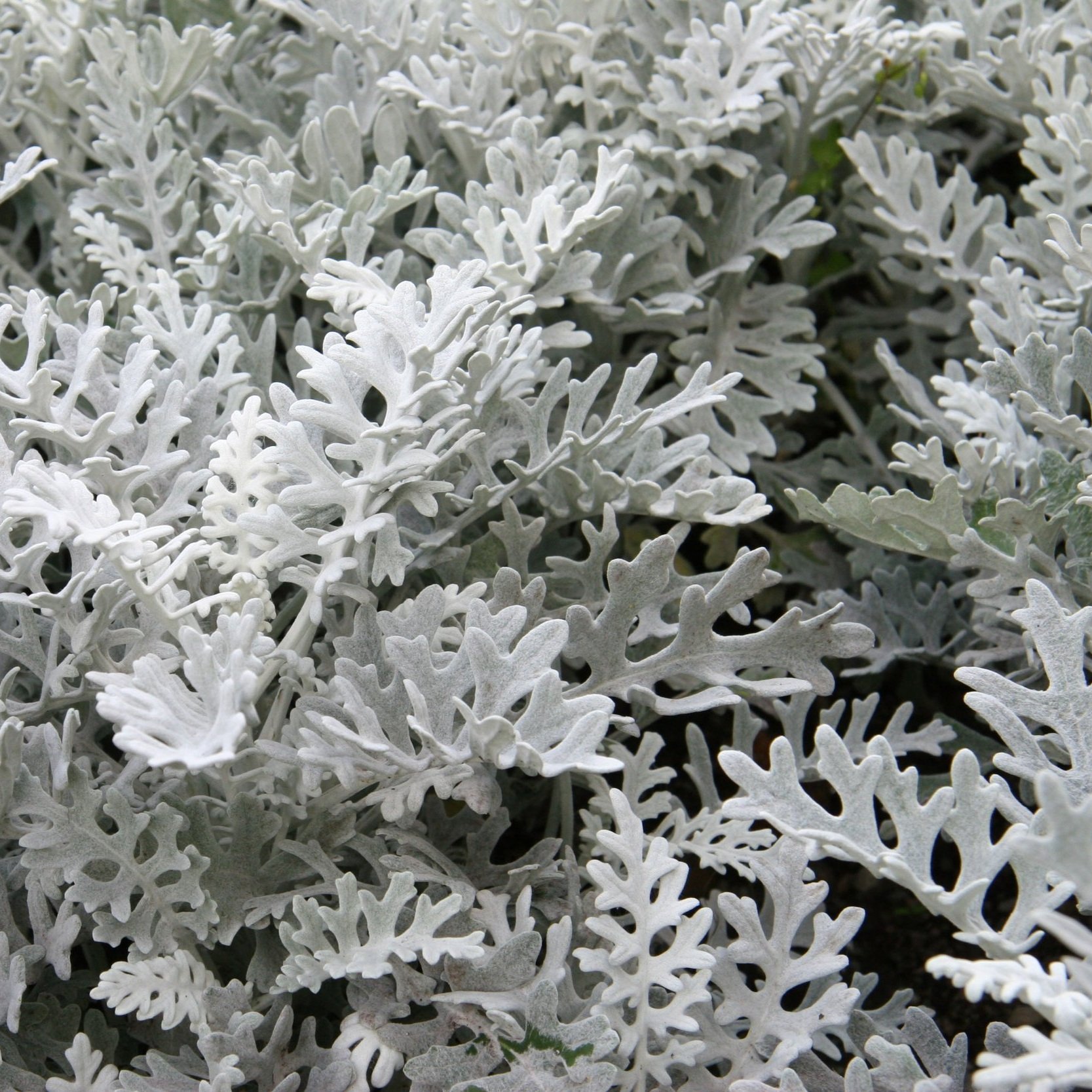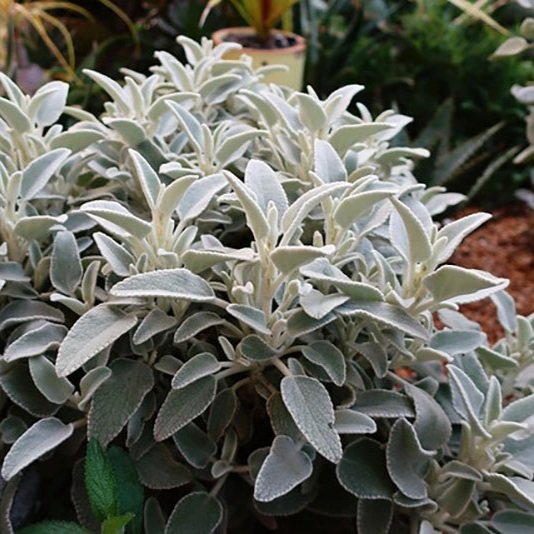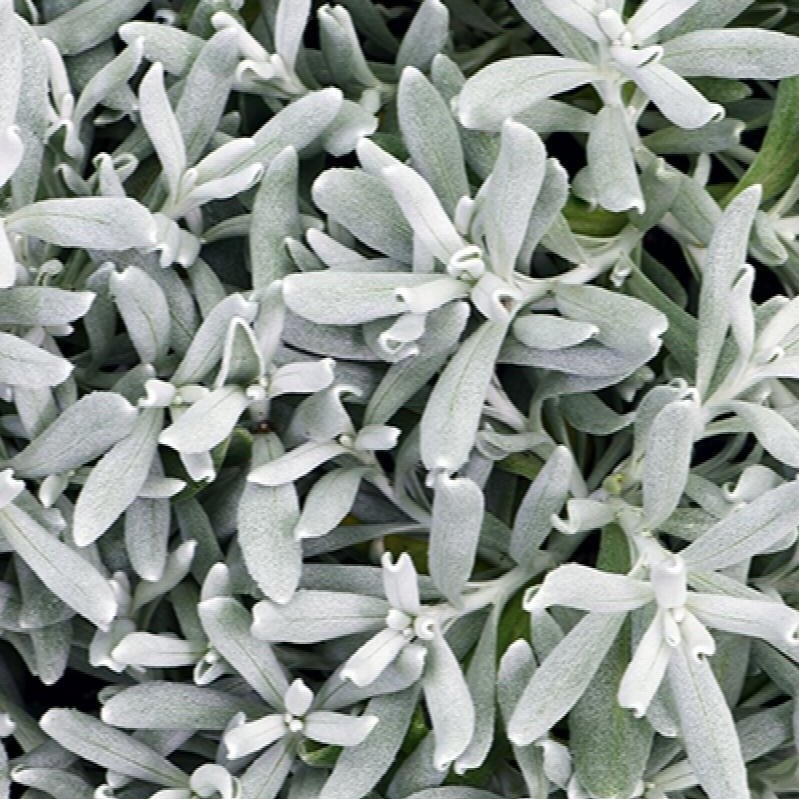Softer Than a Kitten! Non-Spiky Plants For Your Dry Garden
By: Annie
Great garden design is all about texture, pattern and color. And for dry gardens, be they totally xeric, drought tolerant or mediterranean, the same is true.
That said, a lot of plant species that are very drought resistant have evolved to be that way by developing various means of survival. Some of them have tough, leathery leaves that lose very little water, and are extra thick so they can store water inside. Naturally, they’re very attractive to the wildlife that lives in the same area as a result, so they often develop a way to protect themselves from those animals: spikes, spines and prickles!
While drought tolerant gardeners often love these plants for their ferocity and architectural beauty, a good design is about contrast. So we need drought tolerant plants that aren’t spiky to sit alongside the agaves, aloes, cacti and yuccas of the world. And many of them have developed a very beautiful and different mechanism for surviving low water situations - silvery, sun-reflecting foliage that helps them avoid moisture loss.
This article is all about our top 10 plants that are soft - really soft. Snuggly, smooshy soft. You’ll want to touch these plants every time you pass by them!
Stachys byzantina (Lamb’s Ears)
This classic standby native to Turkey, Armenia, and Iran is well loved for a reason - in fact, many reasons: the velvety leaves are soft as a lamb’s ears (softer actually - I have experience with the baby sheep version and the plant version), they’re super drought tolerant, their lilac colored flower spikes are honey scented and gorgeous, they create a wonderful ground cover, bees love them, and they seed around - although politely. Easy to remove to another spot, or share with friends. There are even variegated versions, and versions with larger leaves, but the classic species is my favorite.
Leucadendron galpinii (Galpin’s Conebush)
This is a pretty evergreen shrub that grows to 6-7 feet tall and about 5 feet wide, and makes a lovely, informal hedge or screen. It has soft, narrow, silvery-gray leaves, and silvery-gray cones flushed with pink. Plant in full sun in lean, well-drained sandy to loamy soil. Water regularly in the first growing season to establish a root system - after that it tolerates drought. Fertilize sparingly - benefits from an occasional iron supplement; avoid fertilizers containing phosphorus. Occasional pruning will encourage denser growth, and it does well in warm coastal regions, tolerating wind and salt air.
Kalanchoe tomentosa (Panda Plant)
This native to Madagascar is a very cute little succulent that grows up to 18” tall, its thick leaves covered in a fuzzy gray-green coat with dark tips (like a panda - get it?) Grown indoors or out, it will enjoy bright light and fast draining soil that’s allowed to dry between waterings. Easy to propagate, you can simply place a leaf on dry compost and wait for roots to form.
Salvia argentea (Silver Sage)
Basically what we have here is Lamb’s Ears on steroids. Massive, crinkly, fuzzy leaves form a thick rosette all year, eventually producing a multi-armed flower spike of white blooms. They call it an annual but if you cut back the flower head I’ve had luck with it regrowing for several years. Slugs and snails love it as much as I do - bust out the Sluggo as needed.
Tanacetum haradjanii (Silver Tansy)
What a fantastic ground cover! Little feathery leaves mound over the edges of your beds and rock walls, and soften any situation. Tiny yellow pom pom flowers will cover the plant in summer, but they’re just a nice to have. It’s the foliage that’s the star here. Does well in full sun or part shade, and is very tolerant of drought.
Senecio candicans (Senecio ‘Angel Wings’)
This showstopper has soft, white leaves that are luxuriously large and touchable. Angel Wings needs well-drained soil with low to moderate moisture and full sun to part shade. In the winter, allow the soil to dry between watering. Very drought tolerant when established.
Senecio cineraria (Dusty Miller)
Another classic in the “soft and silver” category, Dusty Miller is a small shrub, usually grown as a half-hardy annual foliage plant for borders and containers. Deeply lobed leaves are covered in a silvery grey felt; to get the best display cut back any flowers that develop - they’re much to look at. Likes well-drained soil in full sun, and less drought resistant than some others on this list.
Muhlenbergia capillaris (Pink Muhly Grass)
When you see a mass of Pink Muhly Grass doing its thing in the evening light, the rosy, fluffy glow of it all is irresistible. Native to the central and eastern parts of the United States and south to Mexico and Guatemala, this grass grows in clay or thin rocky soils, with excellent drainage. Long-lived, resistant to deer, and other pests, this ornamental grass tolerates heat, humidity, drought, and poor soil and is highly salt tolerant.
Sideritis oroteneriffae (Canary Island White Sage)
The genus Sideritis contains several species that are fantastic, but this one is my pick of the lot. Forming a nice little shrub about 4’ high and 3’ wide, the white fuzz-covered leaves are as spongy soft as a Twinkie. They’re almost like felt. This one can take a hard pruning and come back as happy as ever, likes a well drained, sunny position, needs no summer water, and has pale chartreuse flowers held on long, twirly spikes that just won’t stop blooming. Bees love it, to boot.
Didelta 'Silver Strand'
An elegant choice for hanging baskets, containers or tumbling over rock gardens, this low growing semi-trailing shrub is just about bullet proof in summer heat, and reaches just 10” high. Velvety almost white leaves make this a great moon garden plant too. Grown as an annual in many locations, we are trialling it this year and will keep you updated on how it grows through winter.


